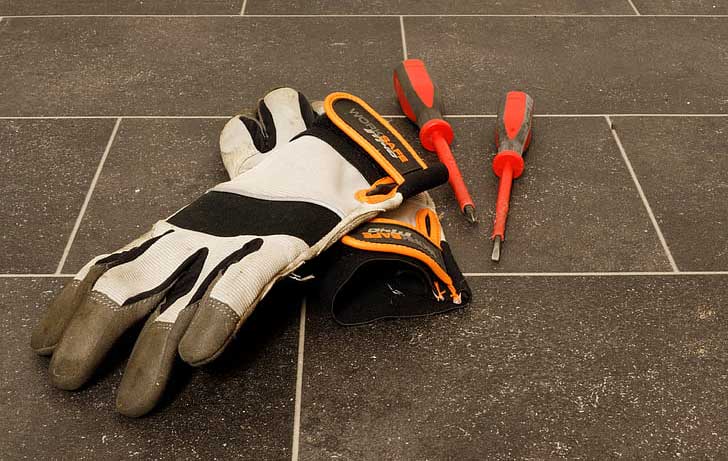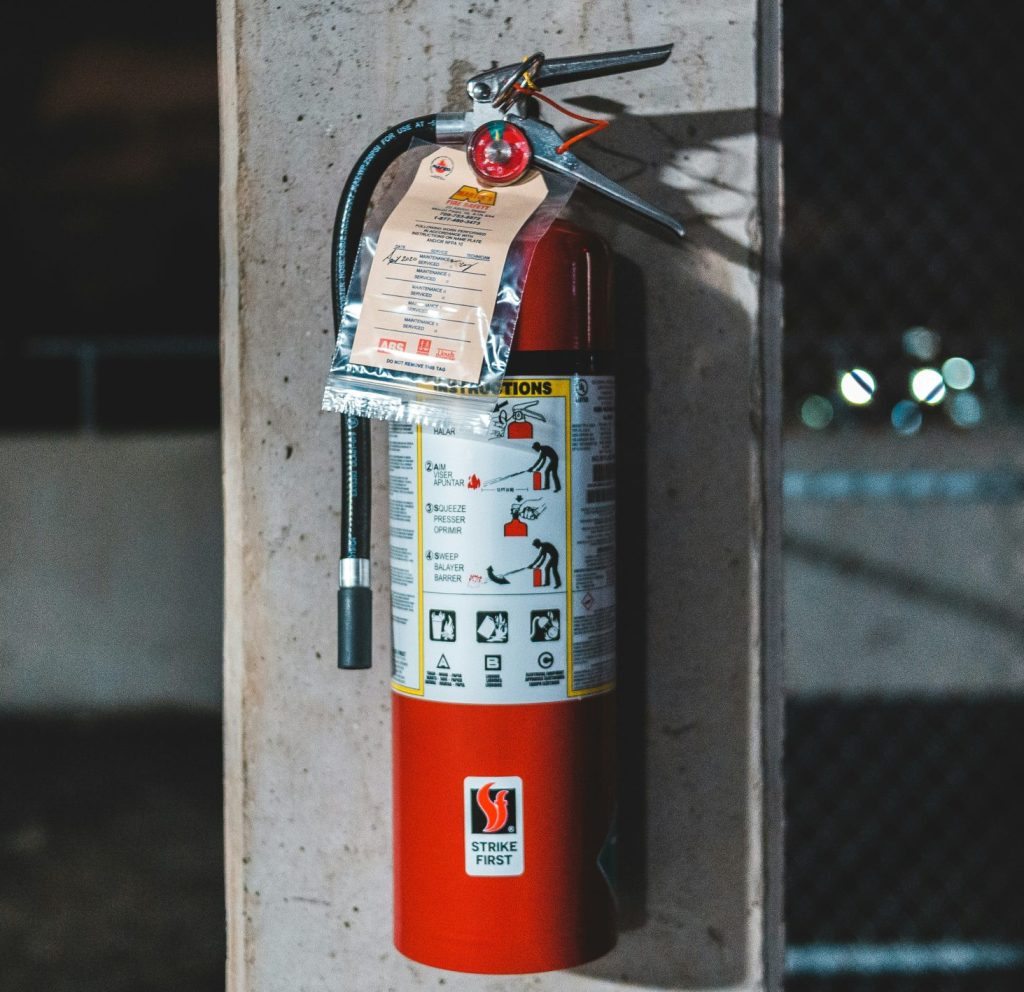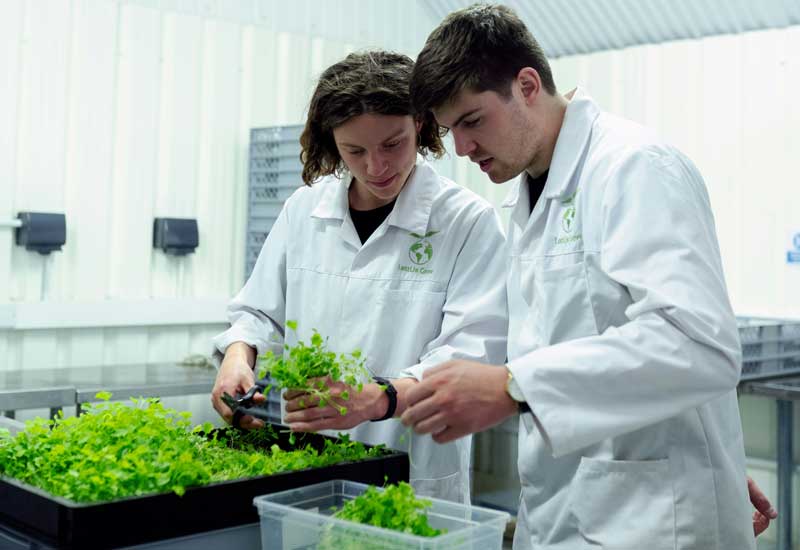Best Practices
Training Practices
The lab instructor must complete all relevant Environment Health and Safety required training in addition to any departmental training. Instructors should inform students of any safety precautions prior to each experiment or exercise.
Document Practices
- Documentation should be completed to show that students have been informed about safety precautions as well as the hazards of the organisms they will handle throughout the class
- Examples; attendance sign in sheet, safety statement or agreement
- Maintain and make available (in syllabus or online) to all students a list of all organisms used in the course
Standard laboratory Practices
- Do not wear shorts, or open toed shoes
- Tie back long hair
- Do not wear dangling jewelry
- Wash hands before exiting the laboratory, or after completing an experiment
- Disinfect bench before and after lab session
- Use appropriate disinfectants
- No food, or drinks
- Do not apply cosmetics, or handle contact lenses
- Label all containers clearly
- Keep laboratory doors closed during class
- Minimize the use of sharps
- Use proper containers for transporting organisms.
- Example: Test tube racks for moving cultures in the lab
- Use leak proof containers for storage
- Use micro incinerators or disposable loops rather than Bunsen burners when possible
- Proper disposal or autoclave of biologicals following U-M policies
- Do not handle broken glass; use a dustpan, broom or tongs
- Notify instructor of spills or injuries
- Document all injuries according to U-M policies
- Do not use cell phones, headphones or personal items while working with biologicals
- Lab notebooks, pens, etc., should remain in the laboratory
- Advise that immune-compromised students (including those who are pregnant) and students living with or caring for an immune-compromised individual that they may want to consult a physician to determine the appropriate level of participation in the laboratory.






